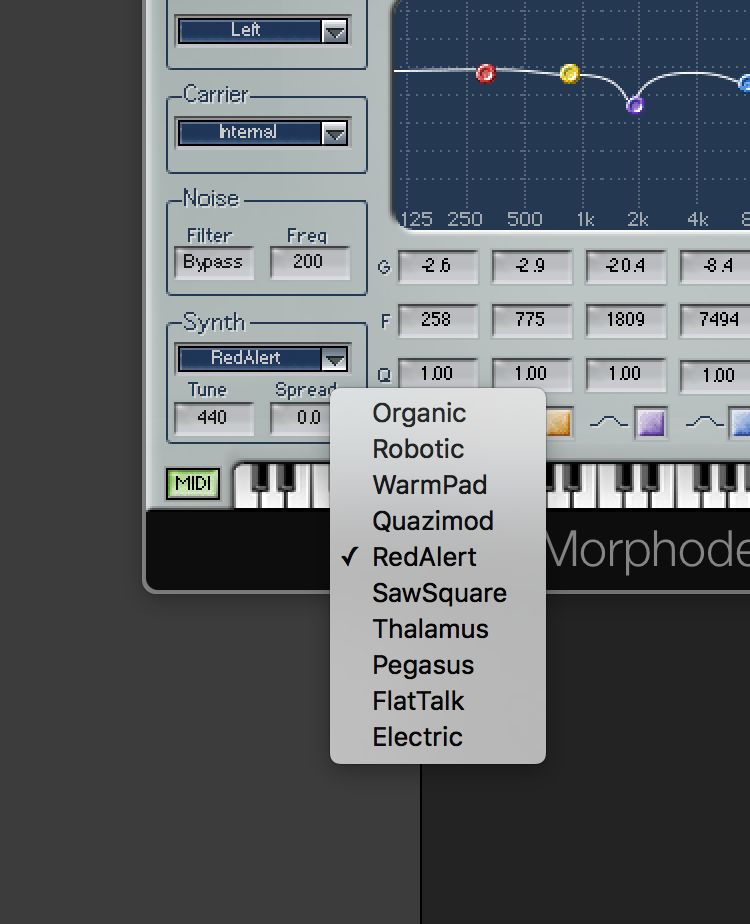

Typically, this experimental video work was accompanied by an electronic music soundtrack, and a good example of this was a project called Limbo, which aired in 1968 on WCBS-TV.

In the late 60's, a few television stations nurtured a climate of experimentation and let their engineers run amok with new technologies. As a child, most of my exposure to synthetic sounds was through pop music and television. My first experience of being transported by electronic music was while sitting in a theater watching the film Forbidden Planet the soundtrack by Louis and Bebe Barron probably shaped my vision of creating a sonic space more than any other experience. I can safely say that I never had to work at developing a taste for electronic music: the more synthetic the sound, the more I liked it. I saw the late sixties become dominated by the shocking newness of computer culture, and I reveled in the new electronic sounds that this era ushered in. I have had the privilege of growing up alongside the evolution of electronic music. The meta-designer creates context, not content Given my interest in grafting the synthesis techniques found in early computer music onto an emergent new sound in Ambient music, this project would help me develop my work in this area, while having an interesting journey to share with others who are being introduced to Csound. I have been asked to write an Ambient Csound piece for this book and to chronicle my progress. Through mastering the fundamentals of Csound I have finally been able to sculpt Ambient soundscapes in an environment made from little more than cold silicon and code. It was not until I compiled a few Csound examples, that I realized I had found the system that would help me accomplish my goals, and that Csound would give me access to many different tools with which to work.

While being pulled in this oblique artistic direction, my interest in learning Csound had been rekindled. I wanted to create work that drew upon my technical background in audio, my interest in computer languages and my readings in media criticism. My original plan was to use TurboSynth, ProTools and Soundhack as some of my tools, but that plan was redirected by a meeting I had with a Csound composer who helped inspire a radical change in my focus.Īround the same time as that meeting, I was experiencing another shift: I no longer felt compelled to work in the Techno Ambient genre but instead wanted to chart a different course. When this idea first germinated around a year and a half ago, I became more and more intrigued with it. This work would travel a path directly from my computer straight to the listener's ears, mediated only by an invisible layer of bits. I have composed many albums of both Ambient and experimental electronic music using a variety of synthesizers, samplers and outboard effects, but I have had this interest in composing a piece of music that would be created entirely in the computer no samplers, no analog synths, no external digital signal processing (DSP) and no drum machines just my computer, a soundcard, a DAT machine and me. I am an Ambient music composer who is fascinated with the history of computer music.


 0 kommentar(er)
0 kommentar(er)
